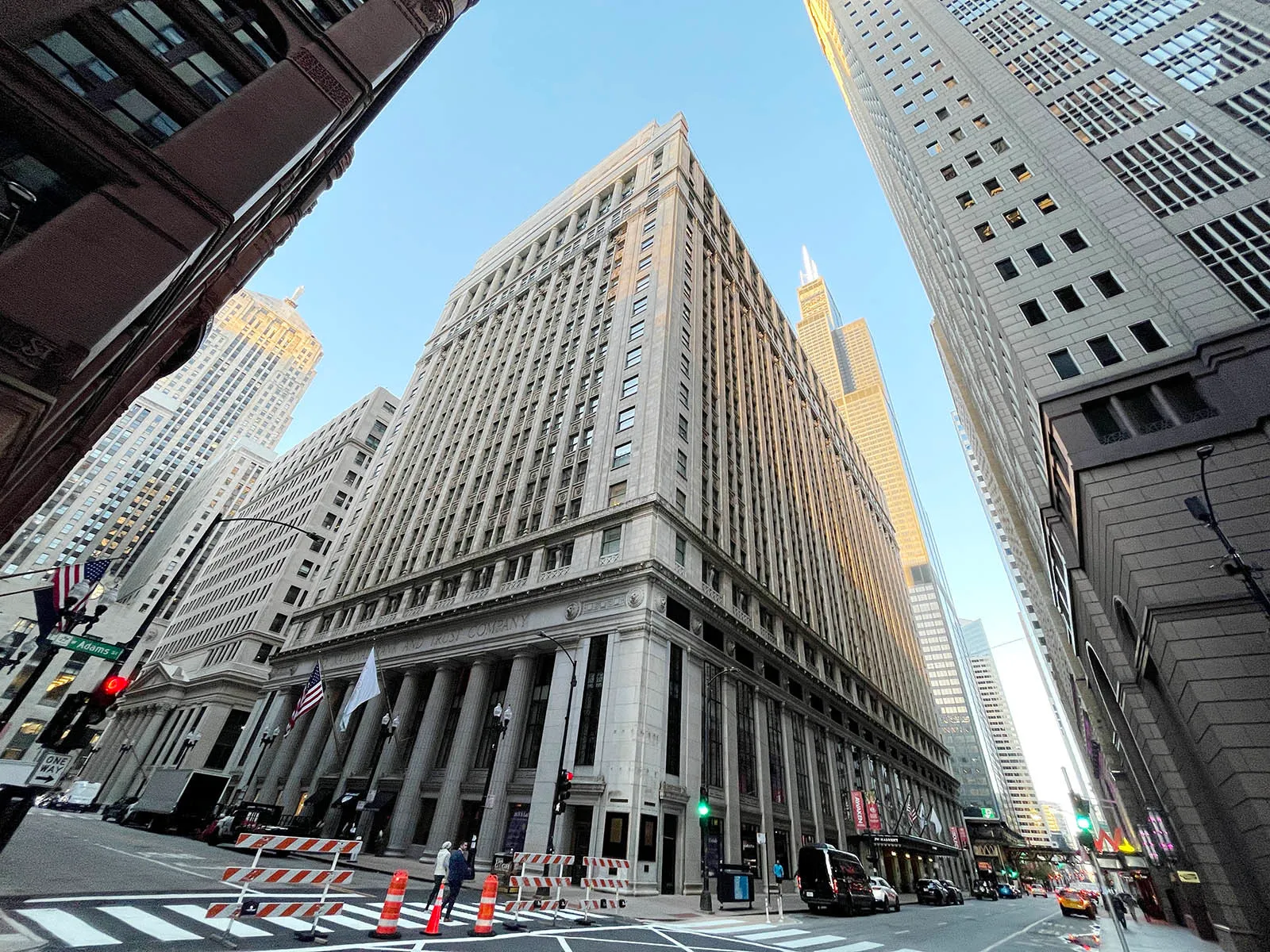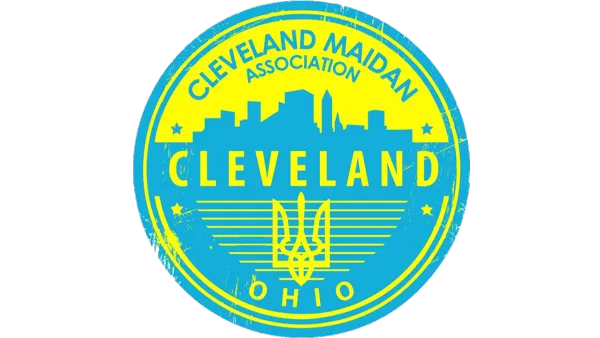CHICAGO — On Tuesday, the Chicago Community Development Commission took a decisive step toward implementing its ambitious plan to refurbish the Central Loop Line, recommending that the city council allocate $67 million from Tax Increment Financing (TIF) funds for a major renovation of the Clark Adams building. This 41-story Art Deco tower located at 105 W. Adams St. may soon transform from a semi-vacant office relic into a vibrant residential complex, becoming a cornerstone of the LaSalle Street Reimagined program.
The city council's approval, expected soon, will unlock significant funds to transform the historic building situated at the intersection of tradition and modernity. The $183 million project envisions creating 400 apartments — from studios to two-bedroom units — on floors 11 through 40, with 121 units reserved as affordable housing. This initiative, launched by former Mayor Lori Lightfoot and supported by current Mayor Brandon Johnson, is part of a broader strategy to revitalize LaSalle Street, where outdated office buildings are gradually giving way to a new residential district with shops, restaurants, and green infrastructure.
The nearly century-old Clark Adams building has become a symbol of the challenges faced by Chicago’s business district. Like many other structures in the Central Chicago neighborhood, it suffers from high vacancy rates: tenants are migrating to modern skyscrapers in the West Loop or to the Fulton Market area. Preservation advocates, including the organization "Save Chicago," welcome the plans for adaptive reuse of the tower. "Transforming historic buildings into housing, especially affordable housing, is best practice," said the organization, calling on authorities to grant the skyscraper official landmark status. "This project could serve as a model for others."
The renovation is managed by Chicago-based Primera Group, a company owned by minority stakeholders. It acquired the building at the end of last year after previous developers' plans fell through. According to insider sources, Primera Group is working closely with city officials to balance heritage preservation with modern needs. The project involves replacing old windows, cleaning three facades, updating the historic terracotta masonry, and creating new amenities such as terraces and green spaces on the 23rd and 24th floors. These changes will not only restore the building’s former grandeur but also make it attractive to new residents.
Funding for the project is a complex puzzle: besides $67 million from TIF, developers plan to secure over $23 million through historic tax credits, with the remaining funds coming from loans and private investments. If the city council gives the green light, construction could begin as early as January 2026, with completion scheduled for June 2027. However, sources close to negotiations indicate that success depends on the city and developers overcoming bureaucratic hurdles and maintaining community trust.
For Chicago, this project is more than just renovating a single building. It is a test of the city’s ability to adapt to the post-pandemic reality, where traditional office districts are losing their relevance. The LaSalle Reimagined program promises to create over 1,000 new homes and invigorate the Central Loop Line, but its success hinges on projects like Clark Adams. Chicago residents watching the city’s transformation hope this initiative will serve as a beacon of progress rather than another unfulfilled promise. As the Clark Adams tower prepares for a new life, it reminds us: even in the most challenging times, Chicago knows how to dream big.



